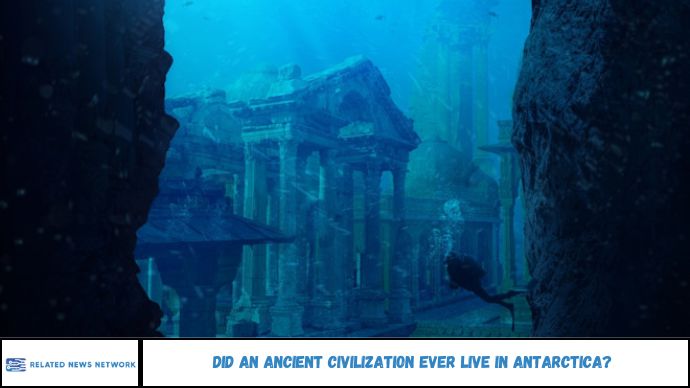Did an ancient civilization ever live in Antarctica? This question blends scientific curiosity, archaeology, and conspiracy. From ancient maps to mysterious ruins under the ice, some suggest humans may have once inhabited this frozen continent. This article explores the theory with a critical eye—unpacking the evidence, expert opinions, myths, and scientific facts to separate possibility from fiction.
Introduction: Could There Be a Lost Civilization Beneath the Ice?
What if everything we knew about early human history was missing a key piece—buried beneath miles of Antarctic ice? The idea that an ancient civilization once thrived on this now-frozen continent sounds like science fiction, yet it persists in public fascination. Could evidence of a lost world be hidden under the ice?
The Origins of the Antarctica Civilization Theory
The Piri Reis Map: Ancient Clue or Misunderstood Artifact?
One of the most cited pieces of “evidence” is the Piri Reis map, created in 1513 by an Ottoman admiral. It appears to show the ice-free coastline of Antarctica centuries before its official discovery in 1820.
- Supporters argue the map proves ancient sea travel and knowledge of Antarctica
- Experts counter that the coastline shown more likely represents South America, not Antarctica
Could Antarctica Have Supported Life?
Climate Conditions Millions of Years Ago
- 52 million years ago, parts of Antarctica had a temperate climate, with forests and freshwater lakes
- Fossils of dinosaurs, trees, and ancient amphibians have been discovered
However, human civilization is only around 6,000–10,000 years old—by that time, Antarctica was already an icy desert.
“There’s no geological evidence supporting human activity in Antarctica before modern exploration.” — Dr. John Anderson, Antarctic geologist
Under the Ice: Are There Structures or Just Ice Formations?
Satellite images and Google Earth anomalies have sparked viral claims about “pyramids” or “ruins” beneath the ice.
Scientific Explanations:
- Most formations are nunataks—natural peaks protruding through ice
- Radar scans by NASA’s Operation IceBridge show no artificial structures
Myths, Conspiracies, and Media Influence
Many modern theories are fueled by:
- Ancient Aliens-style documentaries
- Misinterpretation of satellite images
- Online echo chambers with no peer-reviewed backing
Why It Persists:
- Antarctica is largely inaccessible, feeding mystery
- Human fascination with lost civilizations (like Atlantis) is timeless
What Science Says About Human History in Antarctica
Key Points:
- No archaeological evidence of ancient human settlement has been found
- Human history in Antarctica begins in the early 19th century
- Treaty restrictions limit exploration, but nothing found so far suggests prior habitation
According to the British Antarctic Survey, any idea of ancient cities or ruins beneath the ice is not supported by any data to date.
FAQs
1. Did any ancient humans ever live in Antarctica?
No evidence supports human habitation before modern explorers arrived in the 1800s.
2. What about ancient ruins under the ice?
No verified ruins have been discovered—most structures are natural formations.
3. Could Antarctica have supported life in the past?
Yes, but this was millions of years before humans evolved.
4. Is the Piri Reis map proof of ancient knowledge?
It’s intriguing but more likely misunderstood—it doesn’t conclusively show Antarctica.
5. Are there pyramids in Antarctica?
No, those are mountain peaks misidentified through satellite imagery.
6. Why do people believe in this theory?
Mystery, media hype, and fascination with the unknown fuel the theory despite lack of proof.
Conclusion
While the idea of an ancient civilization in Antarctica is captivating and great fuel for stories, the scientific consensus is clear: there’s no credible evidence that any human society ever lived on the continent before modern times. The truth may not be as mysterious—but it’s just as compelling. As technology advances, we’ll learn more about Earth’s icy frontier. Until then, the myth of ancient Antarctica remains just that—a myth.









